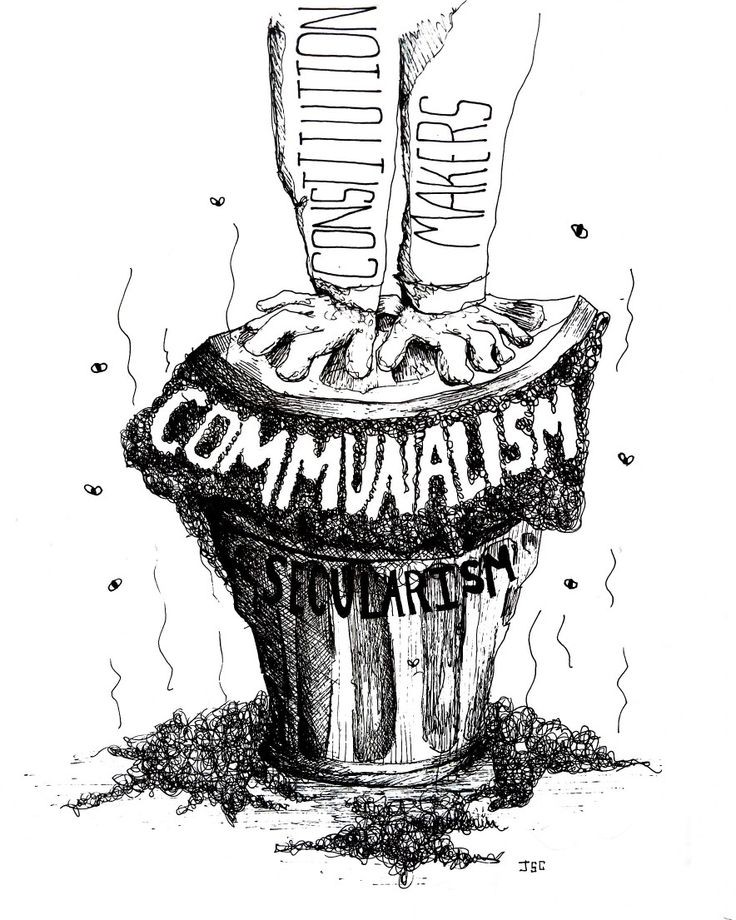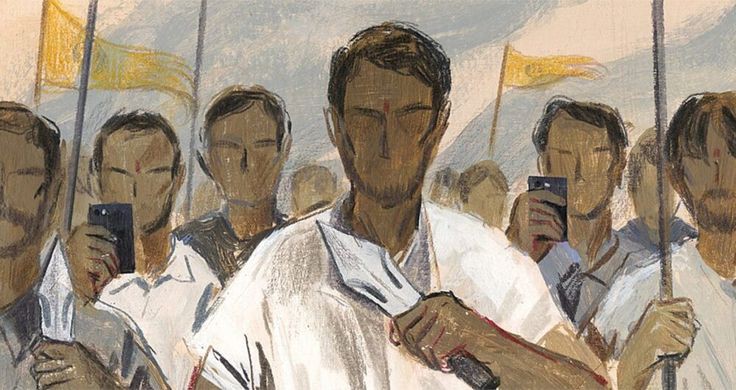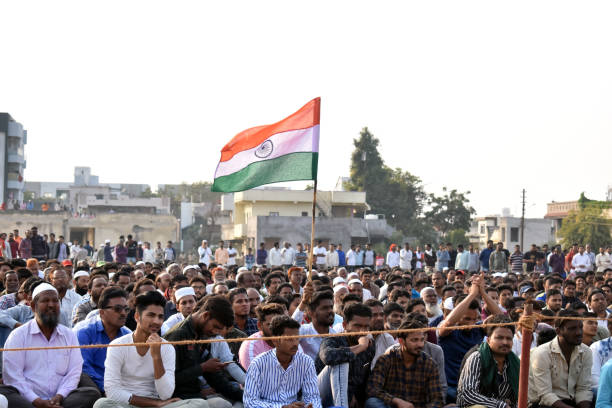In India, the concept of communalism has long been a topic of intense debate and concern. From historical incidents to recent events, communalism continues to influence the socio-political landscape of the country. This blog post delves into the multifaceted nature of communalism, examining its causes, impacts, notable incidents, and the efforts to combat it. By understanding communalism in its entirety, we can better address and mitigate its effects on Indian society.

In This Post
ToggleWhat is communalism ?
Communalism, in its simplest terms, refers to a system where loyalty to a particular ethnic, religious, or cultural group is paramount, often leading to conflict with other groups. This phenomenon is not unique to India but has deep roots in the country’s history and societal fabric.
Communalism can manifest in various ways:
- Religious Communalism: Conflicts arise based on religious differences, often leading to violence and social division.
- Political Communalism: Political entities exploit communal identities to garner votes and consolidate power.
- Economic Communalism: Economic disparities and competition between communities can fuel tensions.
- Social Communalism: Prejudices and societal norms that favor one community over another contribute to communalism.
Causes of Communalism in India
The roots of communalism in India are deep and varied.Understanding these causes is crucial to addressing the problem
Historical Factors: The British colonial strategy of “divide and rule” sowed seeds of division among different communities. This policy created an environment of mistrust and competition that persisted even after independence.
Political Factors: Political parties often use communalism to create vote banks. The exploitation of religious sentiments during elections can polarize communities, leading to increased tensions.
Economic Factors: Economic disparities and competition for resources can exacerbate communal tensions. Communities struggling for economic survival may find themselves in conflict over limited resources.
Social Factors: The caste system and social stratification have long been sources of division in Indian society. Lack of education and awareness further perpetuates these divides.Cultural Factors: Media, literature, and popular culture can sometimes propagate stereotypes and prejudices, contributing to communalism.

Impact of Communalism in India
The impact of communalism on India is profound and multifaceted.
Social Impact: Communalism strains the social fabric of the nation, creating an environment of mistrust and hostility. It can lead to segregation and the breakdown of community bonds.
Economic Impact: Communal tensions disrupt economic activities, leading to loss of productivity and economic instability. Businesses in conflict zones suffer, and the overall economic growth is hindered.
Political Impact: Communalism can polarize voters and influence governance and policy-making. Politicians may prioritize communal agendas over national interests, leading to biased governance.
Cultural Impact: The erosion of multiculturalism and the promotion of homogenous cultural norms can result in cultural segregation. This not only affects the rich cultural diversity of India but also fosters an environment of intolerance.
Perspectives on Communalism
Various well-known personalities have offered insights into the issue of communalism, providing valuable perspectives on how to address it.
Mahatma Gandhi: Gandhi’s philosophy of non-violence and communal harmony was central to his vision for India. He believed in the power of love and understanding to bridge communal divides.
Dr. B.R. Ambedkar: Ambedkar’s critique of the caste system and his advocacy for the rights of marginalized communities are crucial in understanding the social dimensions of communalism.
Jawaharlal Nehru: Nehru’s emphasis on secularism and modernity aimed to create a unified national identity that transcended communal differences.
Sachar Committee Report: The Sachar Committee Report provided an in-depth analysis of the socio-economic conditions of Muslims in India, highlighting the need for targeted interventions to address disparities.
Liberhan Commission Report: The Liberhan Commission Report on the Babri Masjid demolition offered critical insights into the political and social factors that led to the incident.

Government and Legal Measures to Combat Communalism
The Indian government has implemented various measures to address communalism, both through constitutional provisions and specific laws.
Constitutional Provisions: The Indian Constitution enshrines the principles of secularism and anti-discrimination. Articles such as 14 (Equality before the law), 15 (Prohibition of discrimination), and 25-28 (Freedom of religion) provide a robust legal framework against communalism.
Laws and Regulations: Specific laws, such as the Prevention of Communal and Targeted Violence (Access to Justice and Reparations) Bill, aim to prevent and address communal violence.
Government Initiatives: Various government programs promote communal harmony, including the National Foundation for Communal Harmony and the Ministry of Minority Affairs’ schemes.
Judicial Interventions: The Supreme Court and other judicial bodies have played a significant role in addressing communalism through landmark verdicts and interventions.
The Way Forward
Addressing communalism requires a multi-faceted approach that involves promoting secularism, economic development, political reforms, and social awareness.
Promoting Secularism: Secular education and policies that emphasize the separation of religion and state are crucial. Educational curriculums should include lessons on communal harmony and the importance of diversity.
Economic development: Reducing economic disparities through inclusive growth can prevent competition and conflict over resources. Policies should focus on uplifting marginalized communities economically.
Political Reforms: Ensuring unbiased governance and fair political practices is essential. Political parties should refrain from using communal rhetoric and focus on inclusive development.
Social Awareness: Encouraging interfaith dialogue and community interactions can build bridges between different communities. Public campaigns and initiatives promoting unity and tolerance are necessary to counter communalism.

Conclusion
In conclusion, communalism in India is a complex and multi-dimensional issue that requires concerted efforts from all sections of society to address. By understanding its causes, impacts, and the measures needed to combat it, we can work towards a more inclusive and harmonious society. It is imperative for each individual to contribute to this cause by promoting unity and standing against divisive forces.
FAQs
Communalism refers to the allegiance to a particular ethnic, religious, or cultural group, often leading to conflict with other groups.
Communalism has strained social relationships, disrupted economic activities, polarized political landscapes, and eroded cultural diversity.
Notable incidents include the Partition of India (1947), Anti-Sikh Riots (1984), Babri Masjid Demolition (1992), Gujarat Riots (2002), and Delhi Riots (2020).
Combating communalism requires promoting secularism, ensuring economic development, implementing political reforms, and raising social awareness.


1 thought on “Communalism: An In-Depth Analysis of Its Impact on India (2024)”